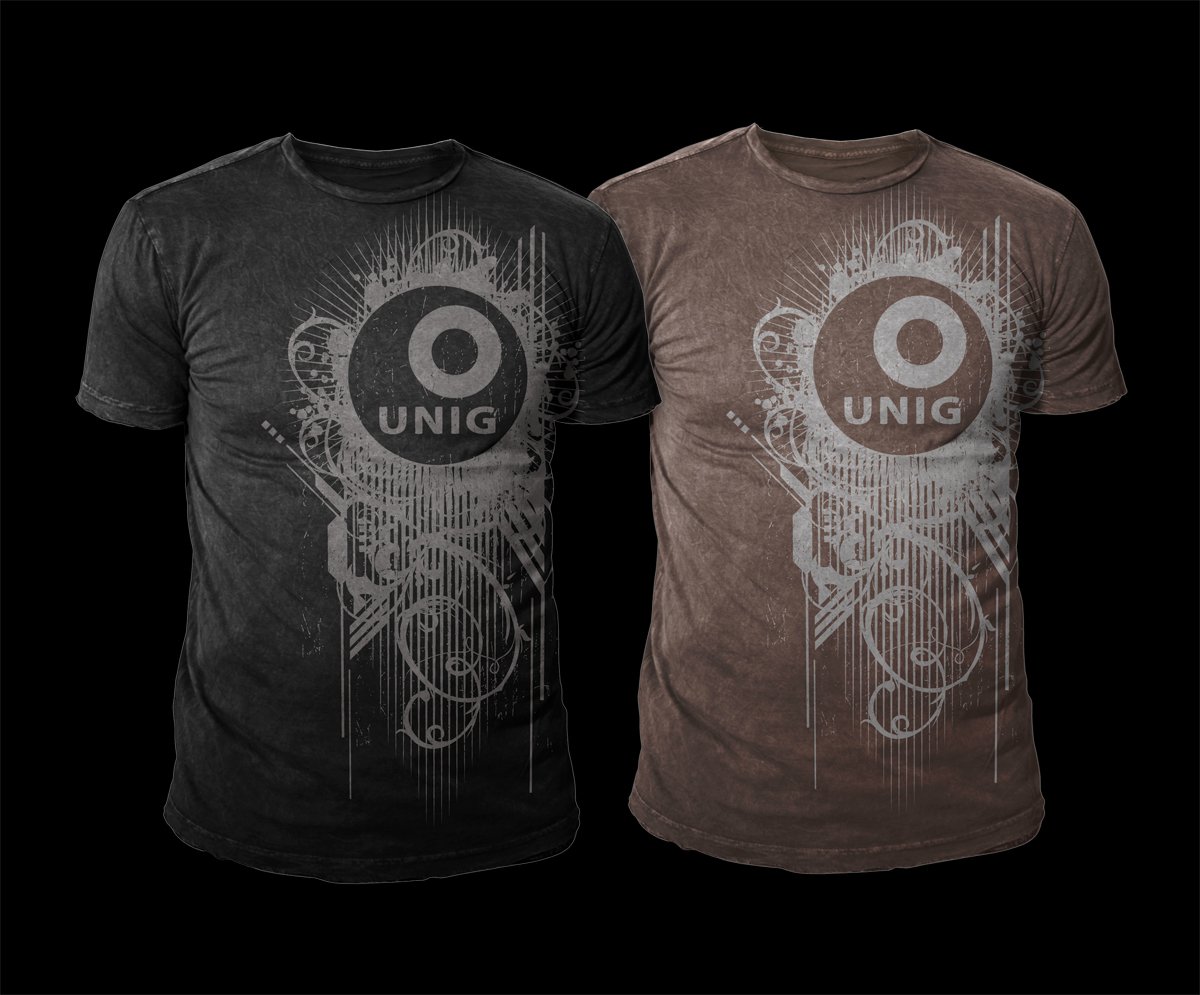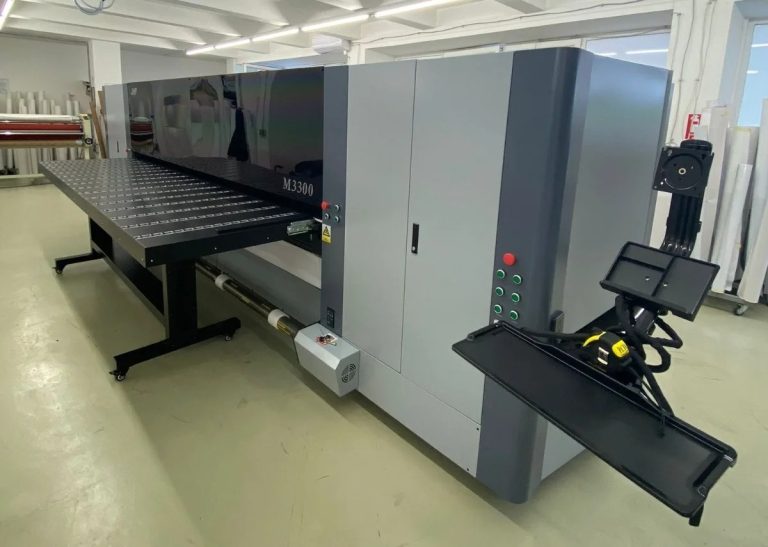
T-shirt printing is a popular method for creating custom apparel, and two of the most common techniques are Direct-to-Garment (DTG) printing and screen printing. Both methods have their unique advantages and applications, making them suitable for different types of projects. Here’s an in-depth look at how custom DTG shirt printing differs from screen printing.
Process and Technology
DTG Printing:
- Direct-to-Garment printing is a modern method that uses inkjet technology to print directly onto the fabric. The process involves placing a garment on a printer bed and printing the design directly onto it, much like a standard paper printer.
- DTG printers use specialized water-based inks that are absorbed by the fibers of the garment, resulting in a smooth finish.
Screen Printing:
- Screen printing, also known as silkscreen printing, is a traditional technique that involves creating a stencil (or screen) for each color in the design. The next step is to use a squeegee to transfer the ink from the screen to the cloth.
- Each color requires a separate screen, and the layers of ink are built up to create the final design.
Setup and Preparation
DTG Printing:
- Minimal setup is required. Once the design is ready, it can be printed directly onto the garment without the need for additional steps.
- This method is ideal for on-demand printing and small orders, as there is no need for screens or extensive preparation.
Screen Printing:
- Requires significant setup time. Each color in the design needs a separate screen, and the screens must be aligned correctly for multi-color prints.
- This setup process can be time-consuming and labor-intensive, making it less efficient for small orders but more cost-effective for large runs.
Color and Design Complexity
DTG Printing:
- Excels in printing complex, multi-colored designs with intricate details and gradients. Since it uses a digital file, there are no limitations on the number of colors or the complexity of the design.
- Ideal for photographic prints or designs with a lot of detail.
Screen Printing:
- Best suited for designs with a limited number of colors and simpler graphics. Each color requires a separate screen, which can make multi-color designs more complicated and expensive.
- Produces vibrant, opaque colors that are perfect for bold and simple designs.
Cost and Efficiency
DTG Printing:
- Cost-effective for small orders and one-off prints. The lack of setup costs makes it ideal for custom orders and small batches.
- The cost per print remains relatively constant, regardless of the order size.
Screen Printing:
- More cost-effective for large orders due to the initial setup costs being spread over a larger number of prints. The per-unit cost decreases significantly with higher quantities.
- Less efficient for small orders due to the time and resources required for setup.
Durability and Feel
DTG Printing:
- Generally produces a softer feel, as the ink is absorbed into the fabric rather than sitting on top of it. This can result in a slightly less durable print, especially after multiple washes.
- Best suited for lighter fabrics and may require pretreatment for dark garments to ensure the colors appear vibrant.
Screen Printing:
- Known for its durability and longevity. The thicker layers of ink create a more robust print that can withstand repeated washing without significant fading or cracking.
- The print has a more tactile feel, which some people prefer for its texture and depth.
Environmental Impact
DTG Printing:
- Considered more environmentally friendly due to the use of water-based inks and minimal waste. The on-demand nature of DTG printing reduces overproduction and excess inventory.
- Some DTG inks are eco-friendly and non-toxic, contributing to a lower environmental footprint.
Screen Printing:
- Can generate more waste due to the ink and chemicals used in the screen preparation and cleaning process. Traditional plastisol inks used in screen printing contain PVC and phthalates, which are harmful to the environment.
- However, there are eco-friendly alternatives, such as water-based and discharge inks, which can reduce the environmental impact.
Conclusion
DTG and screen printing are both valuable methods for creating custom t-shirts, each with its strengths and ideal applications. DTG printing offers flexibility, ease of use, and is perfect for small orders and complex designs, while screen printing provides durability, vibrant colors, and cost-effectiveness for large batches. Understanding the differences between these two techniques allows you to choose the best method for your specific needs, whether you’re looking for a single custom shirt or a large production run.






